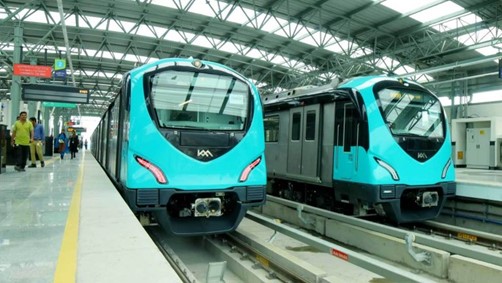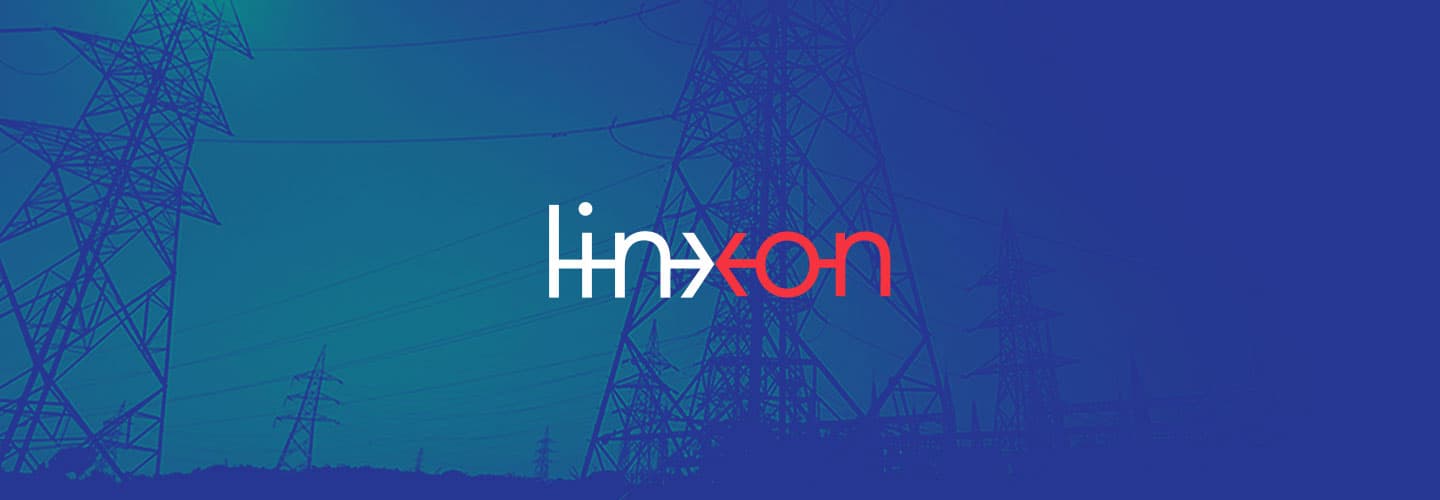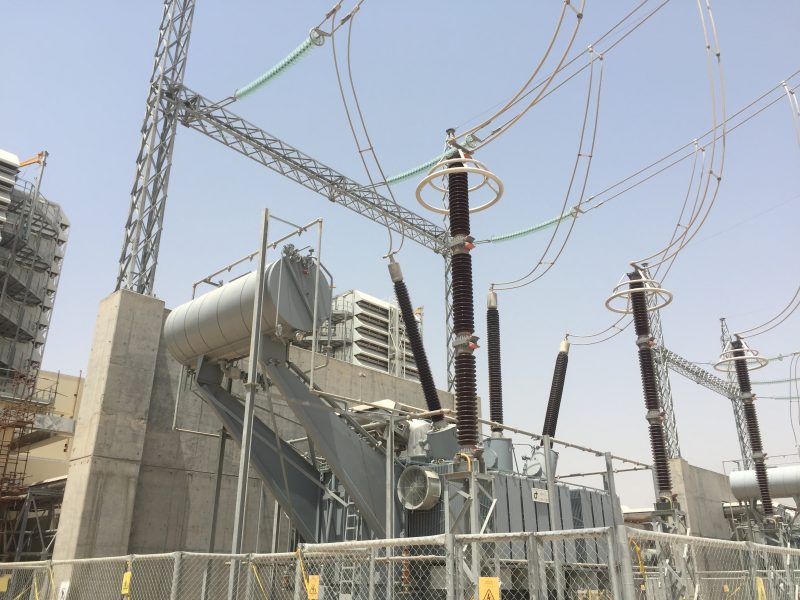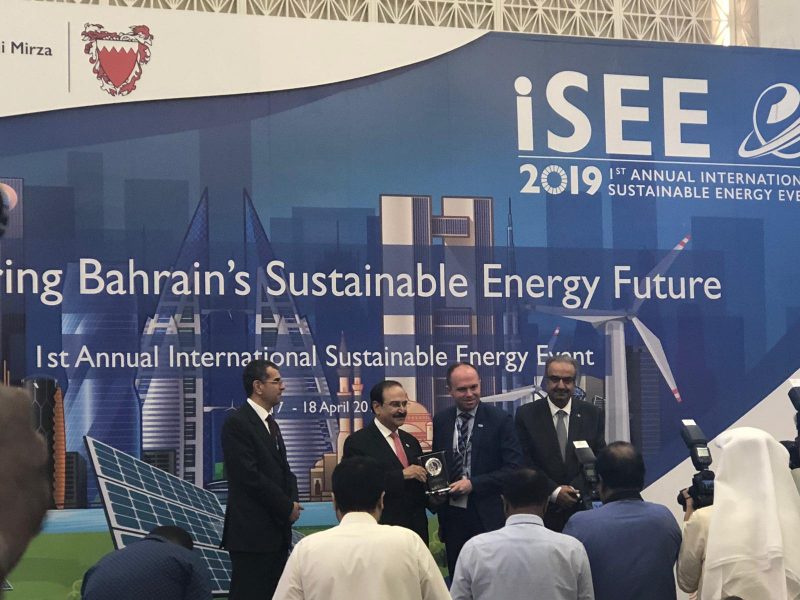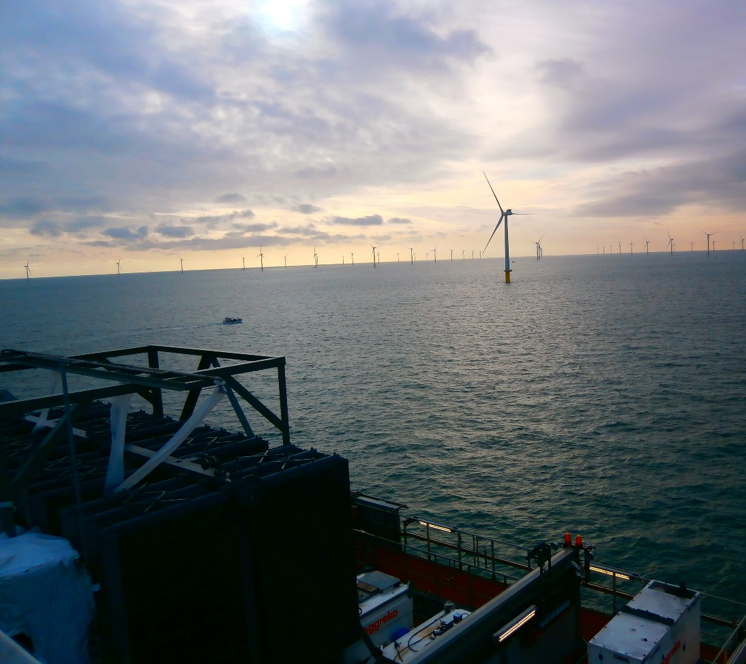Urban transit systems: the route to more sustainable and liveable cities?
January 10, 2023
With the focus more firmly fixed than ever before on achieving the Paris Climate Agreement goal of 1.5 degrees, public transport offers a sustainable approach. Urban mass transit systems – for which Linxon supplies key technology to power the infrastructure which is required to provide much-needed connectivity, reduce congestion and lower emissions. The future is less on roads and more on urban rails!
The figures don’t make for easy reading at a time when climate action is top of many organizations’ and citizens’ agendas. Transport is currently responsible for a quarter of all global CO2 emissions, according to the C40 Cities Climate Leadership Group. In order to meet the 1.5-degree target, public transport must double in cities over the next decade, the group adds.
And emissions aren’t the only negative effect of private vehicle usage: noise, accidents and lengthy commutes that eat into productivity and leisure time are further drawbacks.
“In comparison, greater use of public transport brings benefits in terms of sustainability, health and quality of life,” says Stefan Reisacher, CEO of Linxon.
“Not only would it lead to less pollution, but affordable transport can support greater equality as it provides access to employment and education. It’s important, therefore, for companies like Linxon to support urban transit systems with our cutting-edge technology,” Stefan continues.
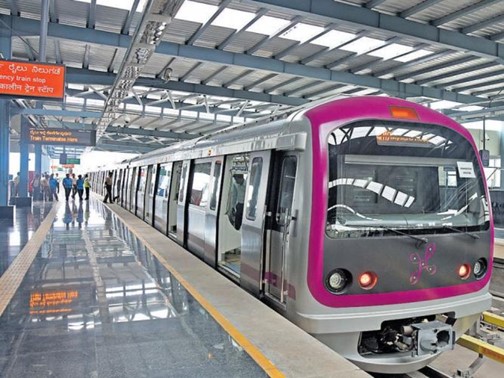 Which SDGs does public transport support?
Which SDGs does public transport support?
Well-designed public transport systems can contribute to the aim of the Paris Climate Agreement, as well as the UN Sustainable Development Goals (SDGs) – such as:
• SDG 3 – GOOD HEALTH & WELLBEING
Increased use of public transport enables improved air quality, less noise, lower traffic fatalities/injuries and safer streets. Most public transport journeys include walking trips, encouraging a more active lifestyle. Furthermore, taking cars off the road frees up more public space – including for pedestrians and cycle lanes.
• SDG 11 – SUSTAINABLE CITIES AND COMMUNITIES
Good and affordable access to public transport offers greater equality for citizens, enabling them to access essential functions of the city. Using public transport also costs less than owning a personal car. Furthermore, increasing public transport journeys will create new sustainable jobs while reducing emissions, tying into SDG 13 (Climate Action).
Source of info: COP27 Summary Report of UITP , the International Association of Public Transport
Kochi Metro: changing the face of mobility
Kochi Metro – the rapid transit system for the port city of Kochi in Kerala, India – is a good example of a project that brings together multiple benefits. Its operator Kochi Metro Rail Limited states that its objective is to make Kochi the first city in India where the entire public transport system (the metro, buses, boats, auto-rickshaws and taxis) work together as a seamlessly integrated system, with a common timetable, common ticketing and a centralized ‘command and control’. It sees the metro – which has been operational since 2017 – as an opportunity to move citizens from their own vehicles to public transport and thereby change the face of mobility.
The latest section of this transit system, Kochi Metro Project Phase 1A, was inaugurated in September 2022 – and Linxon is delivering the traction and auxiliary power supply for the extension of the existing line (Engineering, procurement and construction) for this prestigious project. Linxon has also won an order for Phase 1B, which is currently under execution. “It’s a matter of pride for us that we are helping to reduce riders’ commute times as well as carbon emissions due to less vehicular traffic,” Stefan underlines.
Looking beyond this, Kochi Metro has also pursued initiatives with an eye on liveability and inclusion. It is also involved in sustainable initiatives with the introduction of non-motorized transport corridors in the city, installation of solar panels for power and vertical gardens on metro pillars. And to underline the value of cultural heritage, every metro station is designed on a specific theme around Kerala culture and geography.
References across Asia
It’s not just some of the newest transport infrastructure in India that has experienced the Linxon touch. The Kolkata Metro was the first metro railway in India, opening for commercial services from 1984. Now, its daily ridership is around 500,000 people. Linxon is supplying a complete power supply of a traction substation including third rail for two corridors which are expanding the existing network. Once completed, the mass transit system will provide much needed connectivity from the airport to the heart of the city and the new upcoming suburbs of Kolkata.
Linxon is also supplying the power supply for another trailblazing Indian transport system: the Bengaluru Metro, which has been operational since 2011, when it became the first metro system to operate in South India. In 2021, the Bangalore Metro Rail Corporation awarded Linxon the complete power supply package (including third rail) for the new lines of the Phase II corridor of this urban mass rapid transit system, which is a core element of the city’s plan to become more environmentally friendly.
Another urban transit plan – this time for the Greater Bangkok area – is also benefitting from Linxon technology. Via its Mass Rapid Transit (MRT) Master Plan, the Thai Government is creating an urban rail commuter network to cater to Bangkok’s burgeoning population, which is expected to overtake the 10 million mark by 2030. Linxon is providing the complete wayside electrification including engineering, supply, installation, testing and commissioning for two monorail lines within this network.
Linxon: helping our customers stay on track
“Many of these projects showcase our concept ‘from grid to vehicle’,” Stefan explains, adding that Linxon delivers for high-speed, metro, light rail and monorail applications. Overall, Linxon wayside electrification for rail ensure reliable power delivery to the line and vehicles so that trains, metros and mass transit networks stay on track and on time.
Linxon offers complete solutions for DC and AC rail applications – including the traction system and auxiliary substation – and is responsible for the design, supply, erection, testing and commissioning of the complete power supply system, as well as providing a wide range of maintenance activities.
“As a company, we take our responsibility seriously to deliver future-ready solutions that make a difference in the world. We are building the infrastructure to power the world with carbon-free energy”, Stefan concludes.
